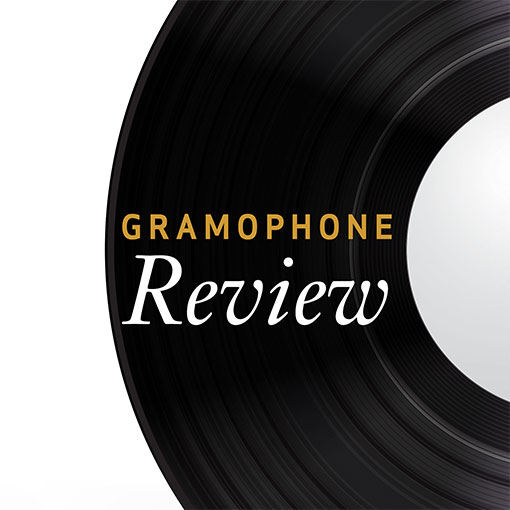Here's Rob Cowan's original 1998 review of 3 & 4, the very CD I bought soon after -
And a review of the Cycle from Musicweb's Peter J. Lawson... scroll down to the second-last paragraph for his comments on 3 and 4. (I agree with him about 1 & 2 as well!)
So it's not just me on the positive side. I listened again to the whole performance tonight and could find little to fault, as per my original comments. The wind solos from clarinet & flute in the adagio, winds' chorusing in the trio (yet marvellously balanced & resolved as individuals!), and bassoon throughout, seemed the more beautiful for their very restraint. Even trying very hard to detect it I couldn't hear anything awkward in the transitional "gear changes" from intro into first movement allegro, either... and that purity-within-articulacy sounds better the more I hear it.
I guess it's another case of Different Strokes. http://www.metrolyrics.com/everyday-...ily-stone.html
With the recording itself - from a hifi playback point of view, I did find that, despite lively dynamics, and the immediacy and presence of the orchestral image, the sheer neutrality and smoothness of response meant that a slightly above average volume setting worked best to reveal those lower-level fine details of soloistic and orchestral playing, as well as the acoustic presence (the hall "signature" in the resonances), that I was so enamoured of. It's possible that a less spacious or highly resolved system (or too low a volume setting or lossy codec**) could render this recording dull, sleek and impersonal. Or to put it another way, it's easier for a given system to miss what IS there than to impose or magic up things which aren't. (And if you offer any critique of it, I don't consider listening at 256 kbps (aac or mp3) to be fair to the performers or the engineers. Sorry.).
How I miss Sounds in Retrospect!
(**It's always a problem if you read reviews of CDs or lossless downloads, but then listen to them at 320 kbps mp3 or lower, on a streaming service which will add its own sonic characteristics & limitations. You simply aren't comparing like-with-like. As we've heard via Radio 3, 320 kbps aac can sound very good (if never the same as the CD itself), but you do have to optimise computer playback for critical listening, especially to resolve low-level detail or allow unfettered dynamics).
And a review of the Cycle from Musicweb's Peter J. Lawson... scroll down to the second-last paragraph for his comments on 3 and 4. (I agree with him about 1 & 2 as well!)
So it's not just me on the positive side. I listened again to the whole performance tonight and could find little to fault, as per my original comments. The wind solos from clarinet & flute in the adagio, winds' chorusing in the trio (yet marvellously balanced & resolved as individuals!), and bassoon throughout, seemed the more beautiful for their very restraint. Even trying very hard to detect it I couldn't hear anything awkward in the transitional "gear changes" from intro into first movement allegro, either... and that purity-within-articulacy sounds better the more I hear it.
I guess it's another case of Different Strokes. http://www.metrolyrics.com/everyday-...ily-stone.html
With the recording itself - from a hifi playback point of view, I did find that, despite lively dynamics, and the immediacy and presence of the orchestral image, the sheer neutrality and smoothness of response meant that a slightly above average volume setting worked best to reveal those lower-level fine details of soloistic and orchestral playing, as well as the acoustic presence (the hall "signature" in the resonances), that I was so enamoured of. It's possible that a less spacious or highly resolved system (or too low a volume setting or lossy codec**) could render this recording dull, sleek and impersonal. Or to put it another way, it's easier for a given system to miss what IS there than to impose or magic up things which aren't. (And if you offer any critique of it, I don't consider listening at 256 kbps (aac or mp3) to be fair to the performers or the engineers. Sorry.).
How I miss Sounds in Retrospect!
(**It's always a problem if you read reviews of CDs or lossless downloads, but then listen to them at 320 kbps mp3 or lower, on a streaming service which will add its own sonic characteristics & limitations. You simply aren't comparing like-with-like. As we've heard via Radio 3, 320 kbps aac can sound very good (if never the same as the CD itself), but you do have to optimise computer playback for critical listening, especially to resolve low-level detail or allow unfettered dynamics).







Comment